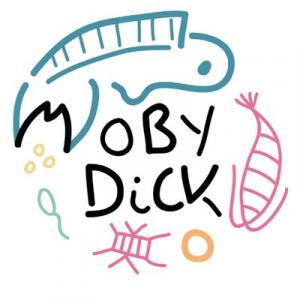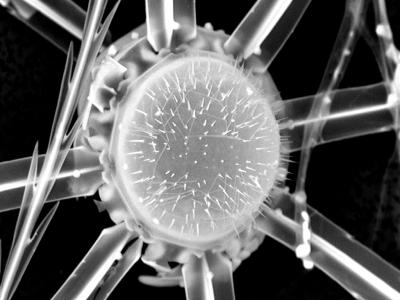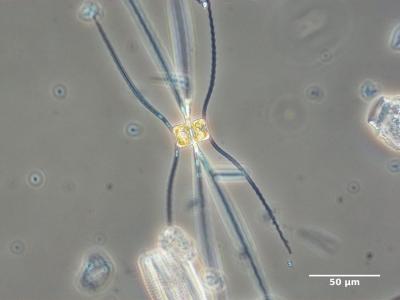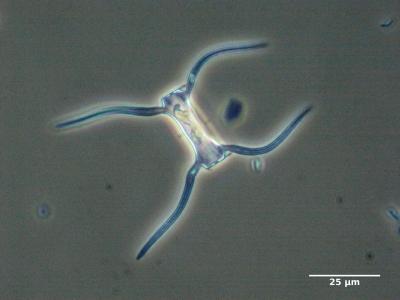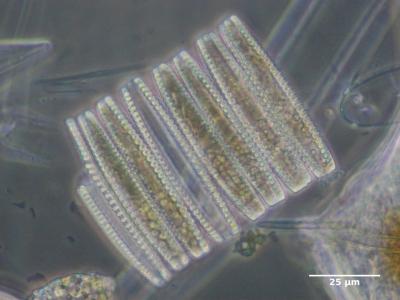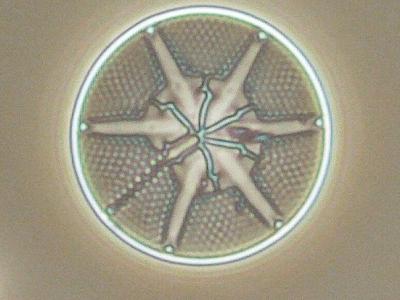MOBYDICK - Diving into the Southern Ocean
The role of living organisms in the ability of oceans to absorb atmospheric CO2 remains poorly understood, especially in the high seas. Antarctica occupies a special location because this polar ocean is the seat of intense CO2 penetration that is related to the low temperature of its waters.
In this context, the objective of MOBYDICK is to study the links that exist between the biological pumping of carbon and the structure of the food web in Antarctica. To solve this problem, MOBYDICK proposes a new approach by considering the entire food web from microbes to higher predators and investigating the hitherto poorly studied relationships between biogeochemical fluxes (focusing on CO2) and pelagic biodiversity.
The required data set to test the hypotheses in MOBYDICK was acquired during an intensive oceanographic campaign off the Kerguelen Islands in February-March 2018. This well-documented area has two contrasting ecosystems: "low biomass, low export" and "high biomass, low export". MOBYDICK has created an international consortium to develop a wide range of techniques for determining biogeochemical stocks and flows, alongside biodiversity throughout the food web, which has rarely been operated simultaneously.
The results will be a first step towards a fundamental understanding of important processes and provide essential information for the sustainable management of these vulnerable ecosystems in the context of ongoing climate change.
During MOBYDICK, we have deployed for the first time a bottlenet at sea. This device is a plankton net of 20 µm fitted into a Niskin bottle and allows to filter and concentrate a very large volume of water in the deep ocean to investigate the nature of settling particles.
Surprisingly, the sinking particles collected at the end of the summer season with this device was largely dominated by single diatom cells, as empty frustules, broken valve debris and resting spores.
Fecal pellets were rare and dominated by mini-pellets (30-50 µm) probably generated by Phaeodarians which were abundantly grazing on diatoms. Chemical, microscopical and metabarcode analyses are currently being analysed for each bottlenet sample and will be compared with surface plankton communities.


